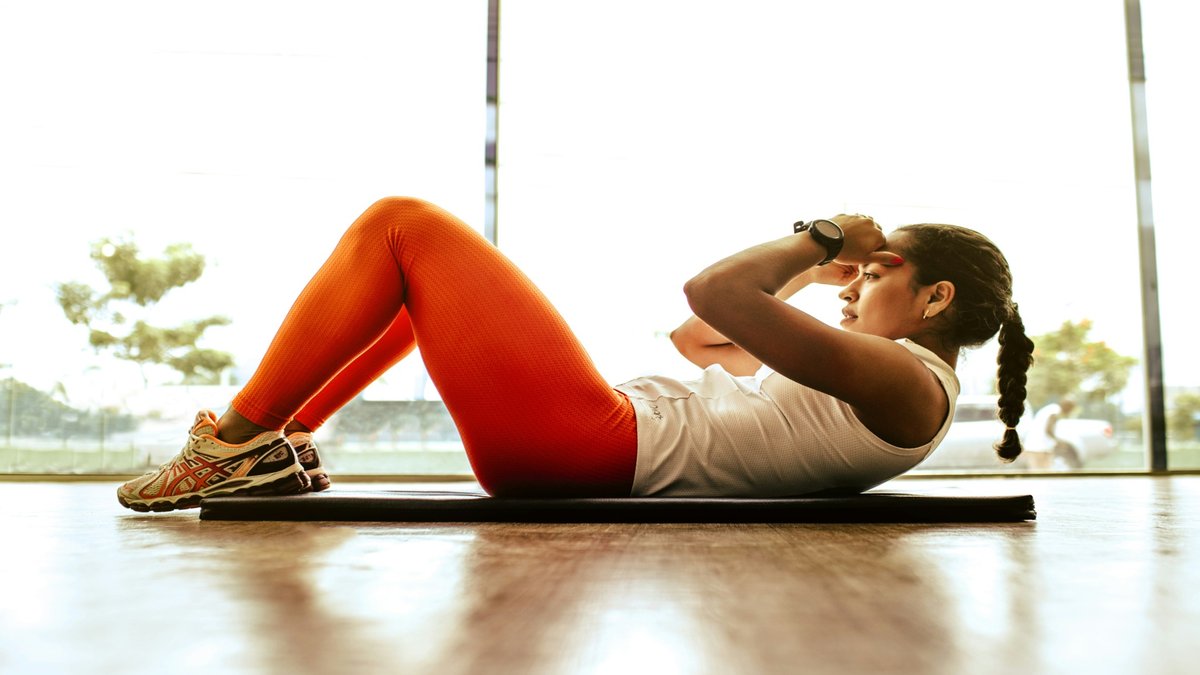
Let’s Talk About the Core (Without the BS)
If you’ve ever Googled “core training,” you’ve probably been smacked in the face with plank challenges, ab circuits, and way too many videos of people doing crunches on Bosu balls.
But here’s the thing:
Your core isn’t just your abs.
And core training isn’t about chasing a six-pack. It’s about how well your body moves — especially under load, fatigue, and real-life stress.
This is your no-fluff guide to core training that actually makes a difference.
Whether you’re a beginner, someone who’s been lifting for years, or just trying to feel less stiff and achy at work — this one’s for you.
If you’re tired of gimmicks and want a smart approach to movement, mobility, and strength, fitness coaching can help simplify the process.
What Is “Core Training” Really?
Let’s clear up the basics first.
Your core includes:
- Abs (sure)
- Obliques
- Lower back
- Deep stabilizers like your transverse abdominis and pelvic floor
- Diaphragm (yup, your breathing muscles)
- Even your lats and glutes depending on the movement
The core’s job is to transfer force, stabilize your spine, and keep you moving efficiently. Not just hold a plank for 3 minutes while staring at the timer like you’re doing time in a prison cell.
According to the National Strength and Conditioning Association, effective core training can improve balance, posture, and athletic performance. (NSCA Journal)
The Problem with Most Core Workouts
Most people treat core training like:
- A separate 10-minute circuit at the end of a workout
- Something to do when you “want to feel the burn”
- A bunch of random crunches or planks
Here’s the issue:
That kind of training rarely improves real-world strength or mobility.
If your back still hurts, your posture still sucks, and you still feel stiff even though you’re “doing abs,” something’s off.
A 2014 study published in the Journal of Strength and Conditioning Research found that isolated core exercises are less effective than integrated full-body movements for improving functional performance. (JSCR Study)
The Core Training That Actually Works
Let’s break this down by what your core needs to be able to do — and how to train it in a way that actually carries over to life and lifting.
1. Breathe and Brace
If you can’t breathe well, you can’t move well. Period.
The foundation of good core training is learning how to:
- Exhale fully (get all the air out)
- Inhale silently (without shrugging your shoulders)
- Brace your core while still being able to breathe
This is where online fitness coaching makes a huge difference. It’s one thing to be told to “brace.” It’s another to feel your abs kick in naturally when you exhale and stack your ribcage over your pelvis.
✅ Try this:
Deadbug with full exhale and silent inhale — feel your ribs drop, abs engage, and low back stay connected to the floor.
A 2020 review in the Journal of Sports Science & Medicine highlighted the importance of core stability through breathing and posture-based training for both rehab and performance. (JSSM Review)
2. Resist Movement
Your core doesn’t always need to create movement. Often, it just needs to resist rotation, flexion, or extension — especially under load.
Instead of doing 20 versions of sit-ups, focus on movements that challenge your ability to stay stable:
- Split stance cable presses
- Offset carries (one-arm farmer’s carry or suitcase carry)
- Landmine presses with reach
- Bird dogs or quadruped holds
Bonus: these exercises force your core and limbs to coordinate, which is how you build transferable strength.
3. Move Through Rotation (When Appropriate)
A lot of lifters are too stiff. Their core is always “locked down,” which limits their ability to move freely — especially through the spine and ribcage.
This is where rotational exercises shine:
- Cable chops and lifts (done lightly with intent, not ego)
- Medicine ball throws
- Scap push-ups and rows with reach
Good movement isn’t just about strength. It’s about coordination, sequencing, and awareness. That’s what keeps you pain-free and athletic.
Research from the Journal of Bodywork and Movement Therapies supports that multi-planar, rotational movement training enhances spinal health and athleticism. (JBMT Study)
“Strong Core” vs. “Braced Core”
Most people over-brace. They treat every movement like they’re about to get hit by a truck.
But true core strength is being able to adjust your bracing to match the demand of the task. That’s why breathing drills, tempo work, and controlled movement matter.
In our online fitness coaching programs, we teach clients how to breathe underneath the brace, so they can stay strong without feeling tight and robotic 24/7.
Real Client Insight: “My Core Finally Works”
“I used to do core every day but my back still hurt. Once we started doing breathing work and actually training rotation and control, everything changed. Now I move smoother, I’m stronger in my lifts, and I don’t get that random back tightness anymore.”
– Eljo, online coaching client
Why Fitness Coaching Makes This Simpler
If this feels like a lot, it’s because the core is complex. But that doesn’t mean training it has to be.
Here’s how online fitness coaching helps:
- We build your program around smart progressions, not random ab circuits.
- We use video feedback to teach breathing and bracing in real time.
- We adjust your core work to your goals — whether that’s lifting more, moving better, or just not feeling so tight.
In short: You stop guessing. You start training with purpose.
Core Training Takeaways
Here’s the TL;DR if you skimmed:
- Your core is more than your abs — it’s your whole trunk and how it moves.
- Ditch the “feel the burn” ab circuits. Train your core to breathe, brace, resist, and rotate.
- Strength without movement quality is a trap — you’ll look strong but still feel stiff.
- Real coaching helps you actually feel your core work, and apply it to your life and lifts.
FAQs About Core Training & Fitness Coaching
Is core training the same as ab training?
Not quite. Ab training usually focuses on superficial muscles like your rectus abdominis. Core training goes deeper and includes your breathing muscles, spinal stabilizers, and coordination with your hips and shoulders.
Can online fitness coaching really help with core strength?
Absolutely. Video feedback, personalized programming, and movement coaching help clients improve breathing, bracing, and functional strength from anywhere in the world.
Ready to get stronger from the inside out? Apply for online coaching here.









